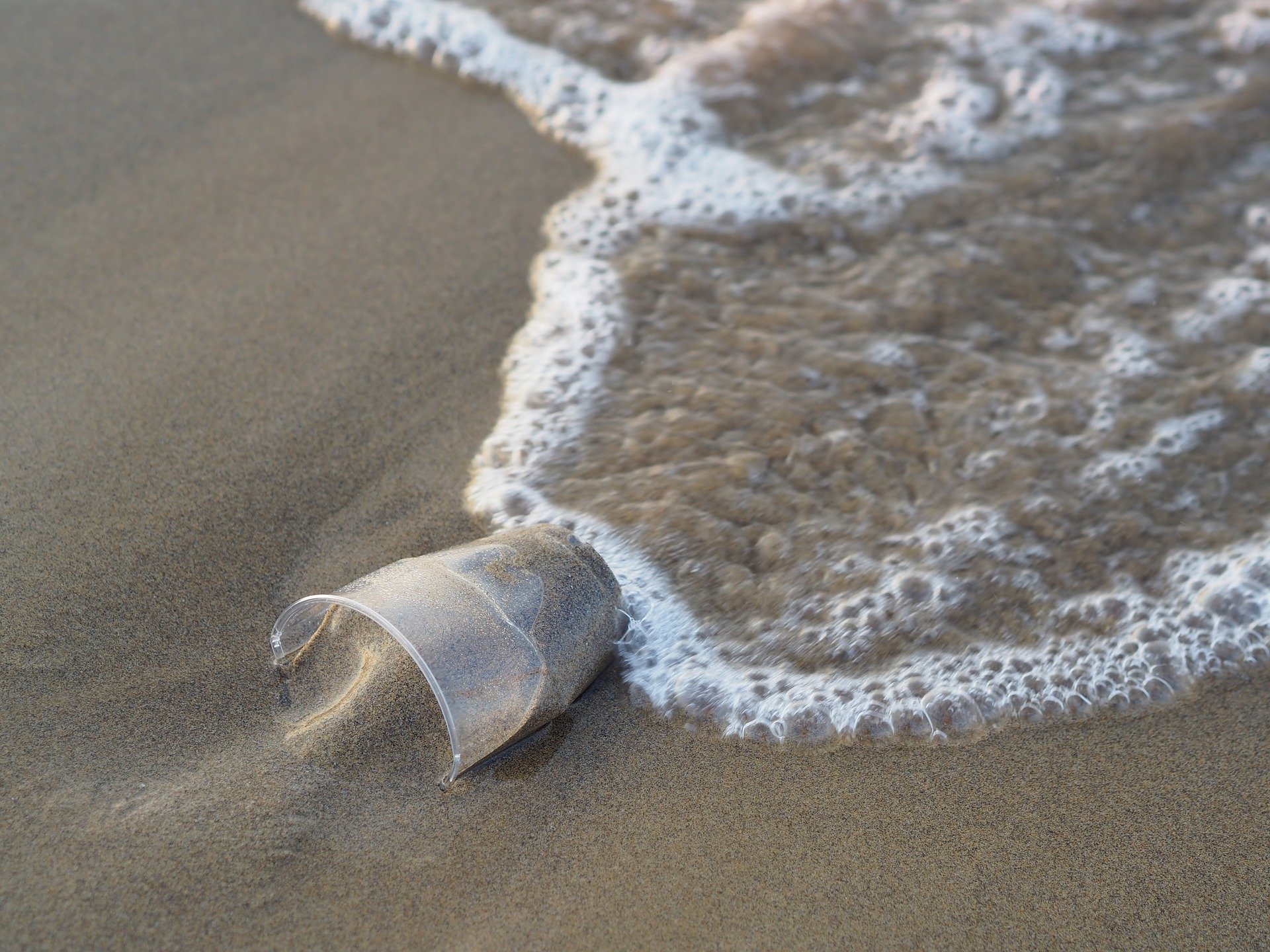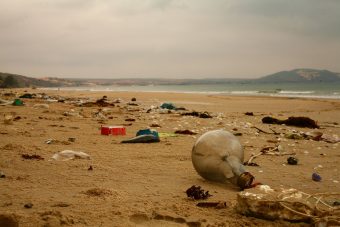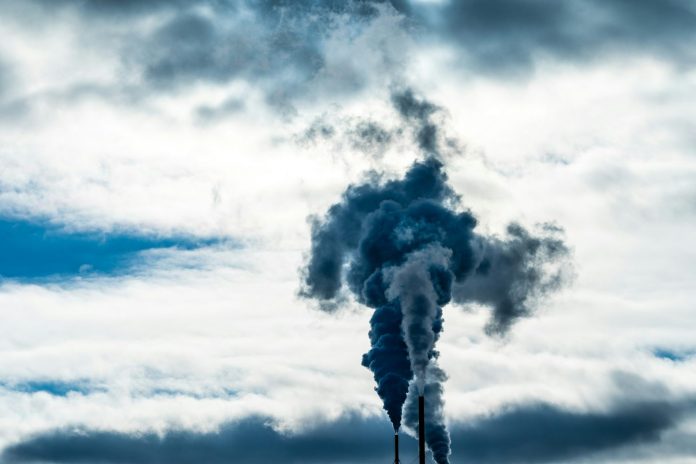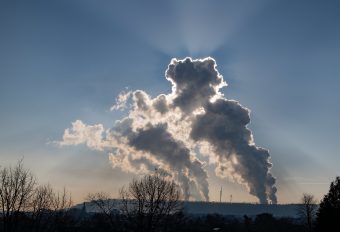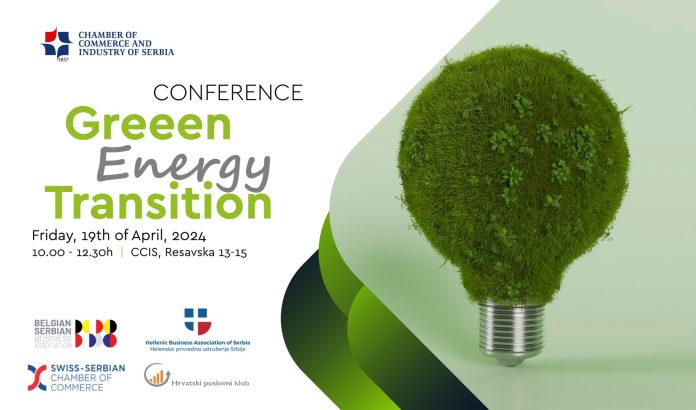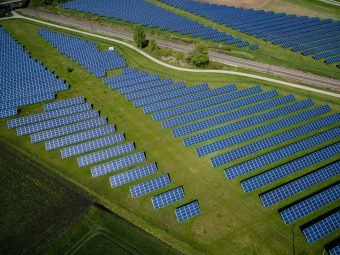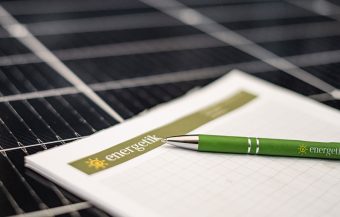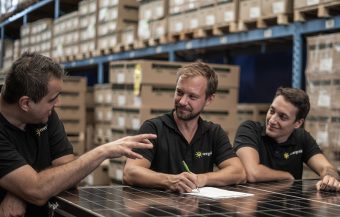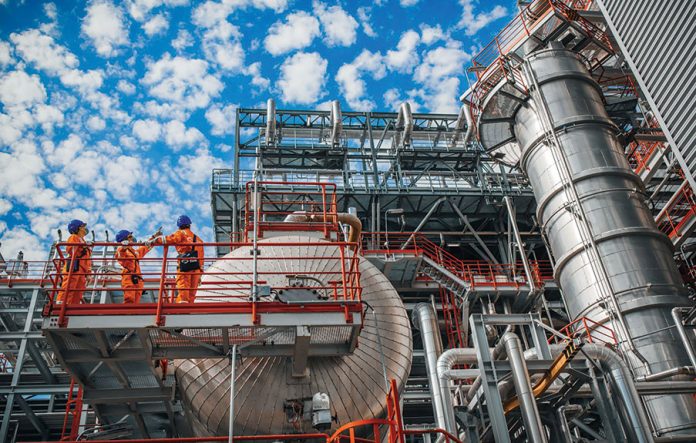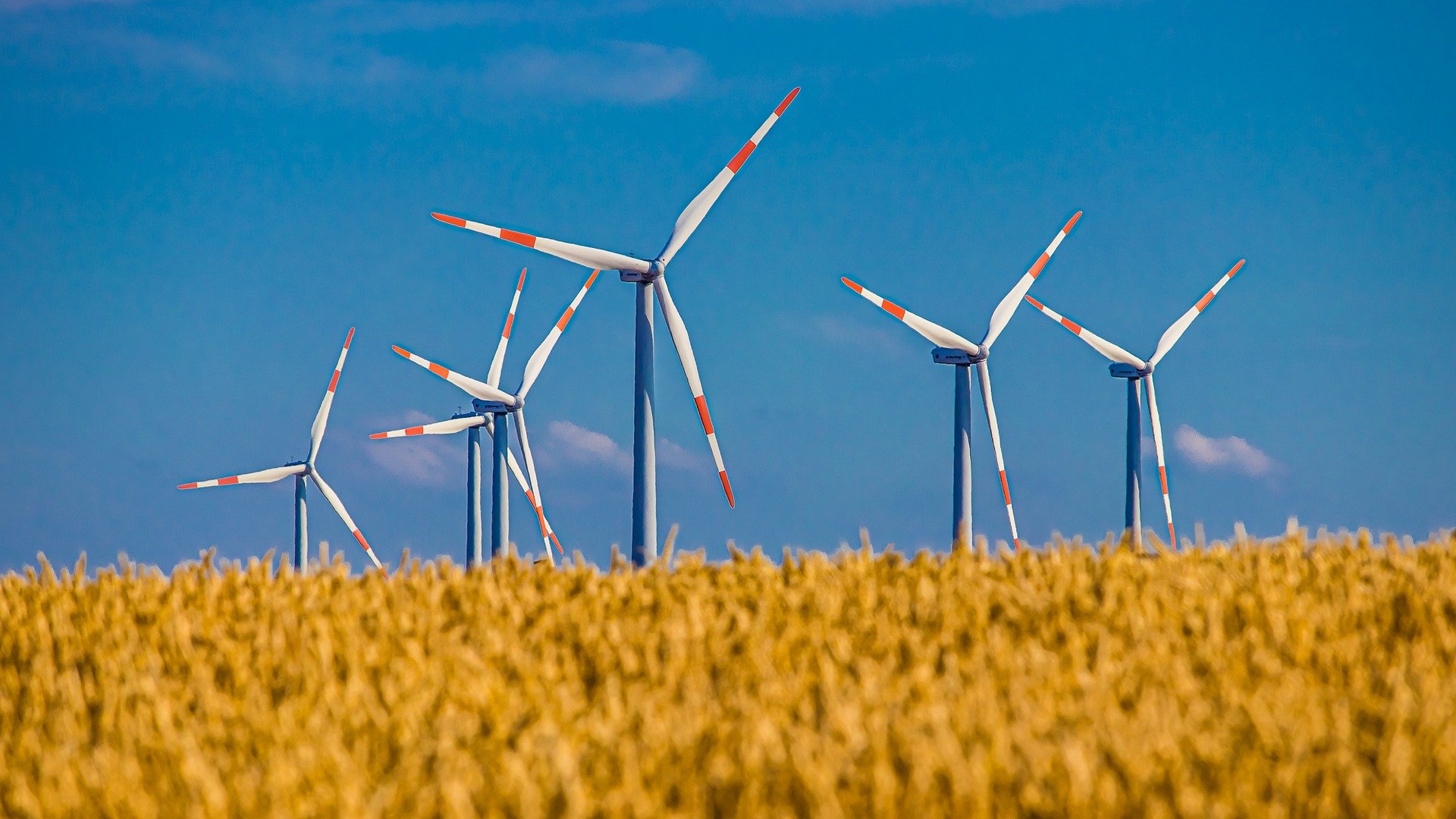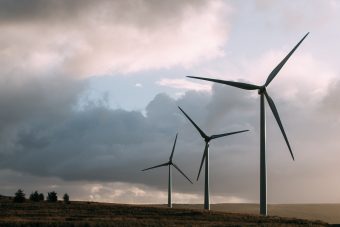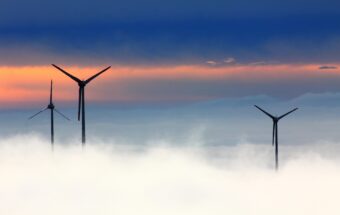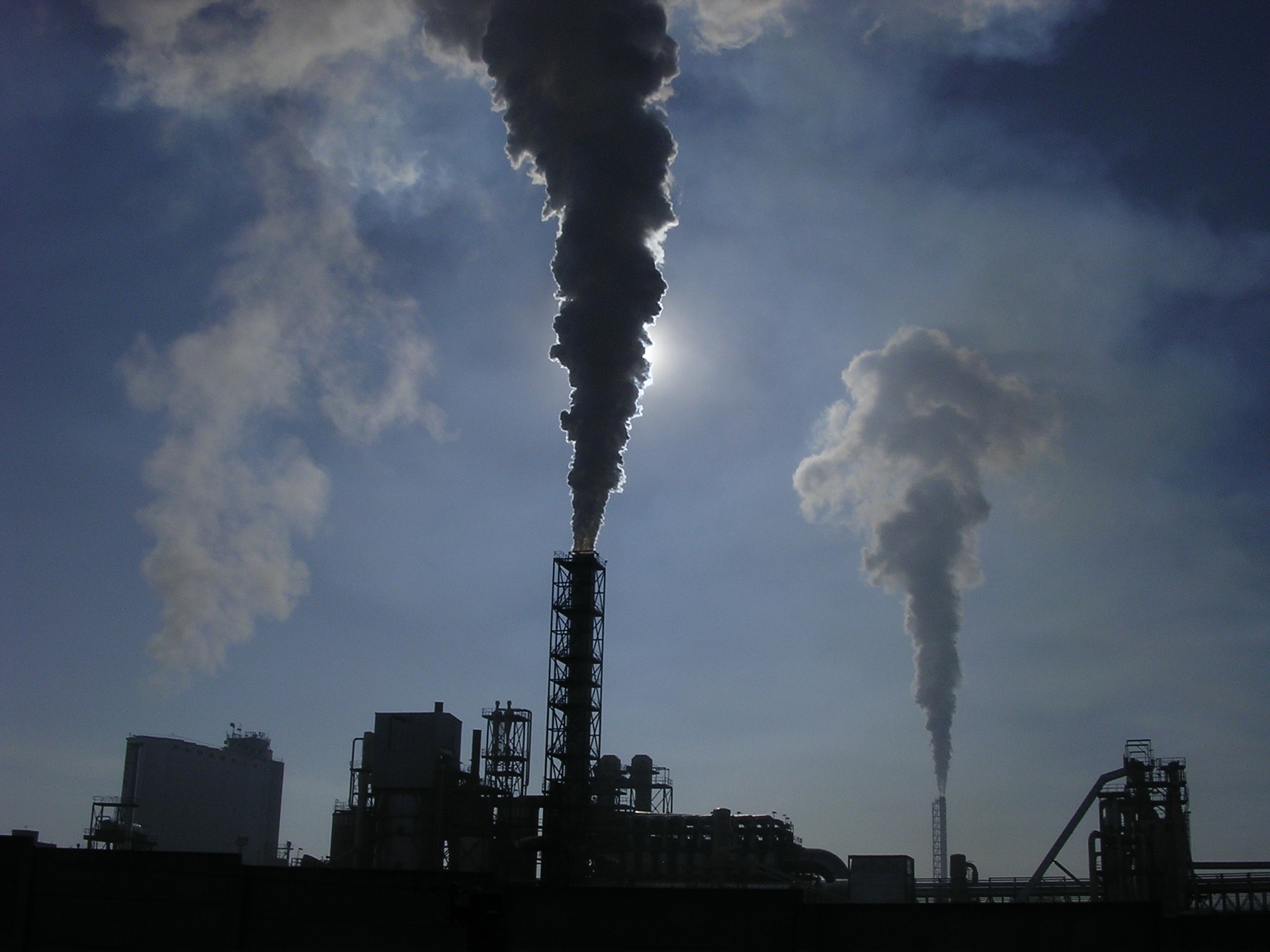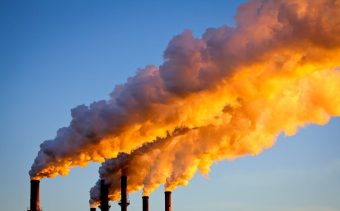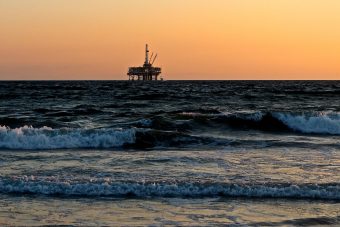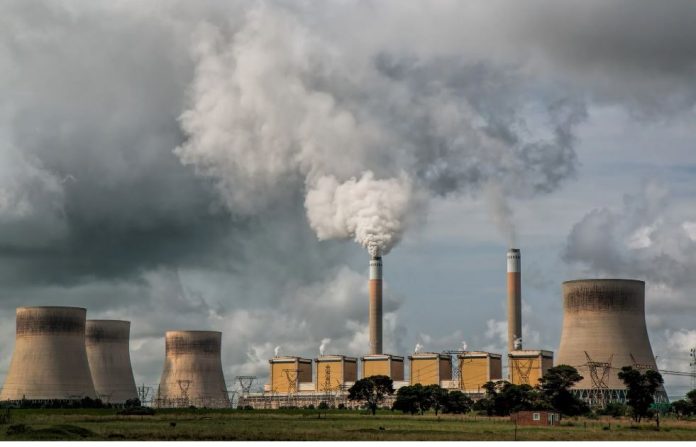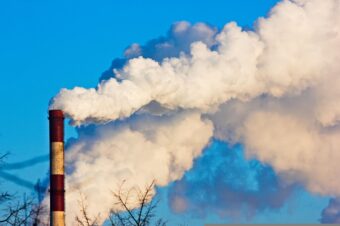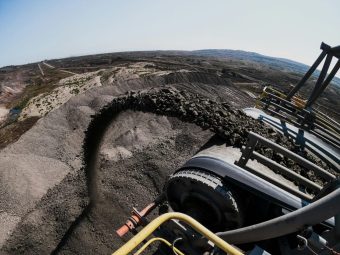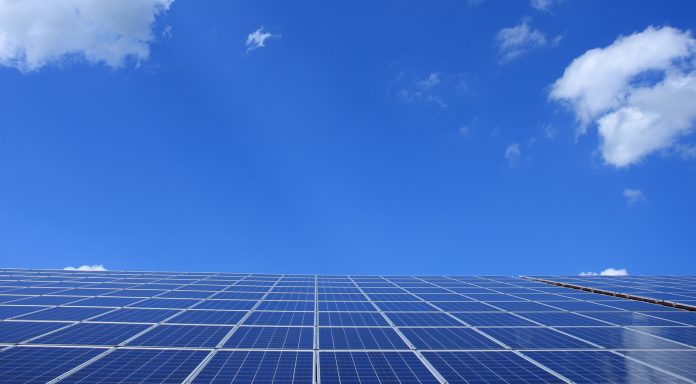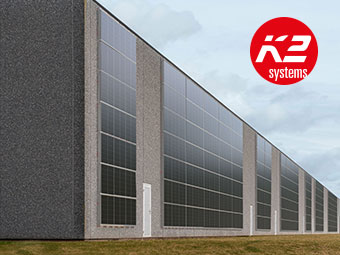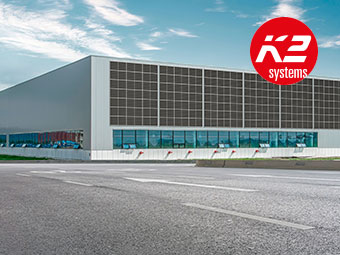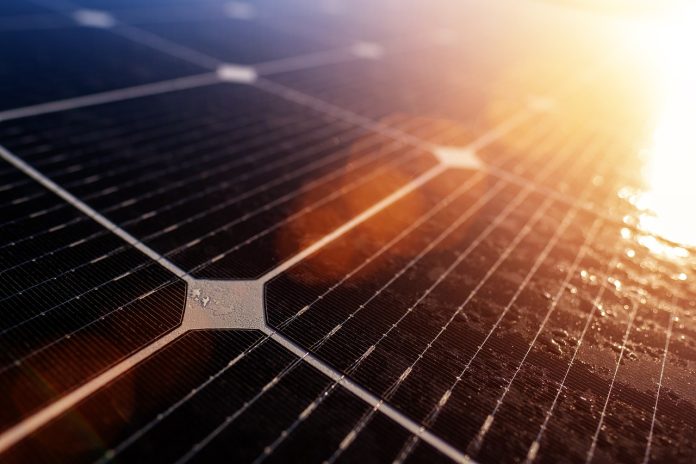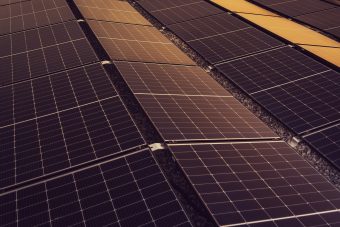
Hydrogen is often said to be the fuel of the future because its combustion does not emit carbon dioxide. However, for now, most hydrogen gas is still produced from natural gas, which leads to the creation of these emissions during the production process. Scientists from the University of Texas in Austin have found a way to make hydrogen production even more sustainable.
They have started producing hydrogen from iron-rich rocks with zero CO 2 emissions. If the project proves successful, it could be a turning point in the energy transition and form a foundation for a new type of hydrogen industry, the so-called geological hydrogen. Although this is not a brand new procedure, it has not yet been attempted and applied on an industrial scale.
A team of scientists received a substantial grant from the US Department of Energy to investigate the possibility of producing hydrogen from different rock types across the United States in collaboration with scientists from the University of Wyoming – School of Energy Resources.
More:
- SLOVENIA – FORMATION OF CONSORTIUM FOR THE DEVELOPMENT OF HYDROGEN ECOSYSTEM FROM LOW-CARBON SOURCES
- NEW SIGNIFICANT INVESTMENTS IN GREEN HYDROGEN
- NEW EU INVESTMENTS IN HYDROGEN INFRASTRUCTURE DEVELOPMENT
What kind of research do scientists want to conduct?
Serpentinization is a natural geological process during which rocks rich in minerals create new minerals in the presence of water molecules and under certain temperatures and pressures. Lead is released as a by-product during the process.
Scientists will try to find catalysts to speed up the geological process. To clarify, catalysts are substances that expedite chemical reactions. Catalysts are not consumed but can be reused.
If they manage to find suitable catalysts, scientists believe that this process would have the potential to significantly increase hydrogen production on a global scale.
Countries worldwide have been investing significant efforts recently to improve the production of green hydrogen. Only recently did Germany and Algeria announce that they would establish a bilateral hydrogen working group. At the same time, Egypt signed seven Memoranda of Understanding with international developers stipulating the use of green hydrogen and renewable technology. The European Union is also working on projects encouraging cooperation in developing hydrogen infrastructure.
Katarina Vuinac



